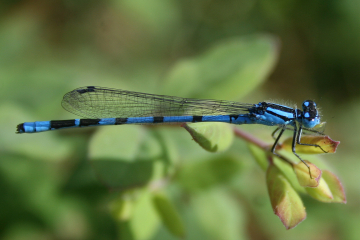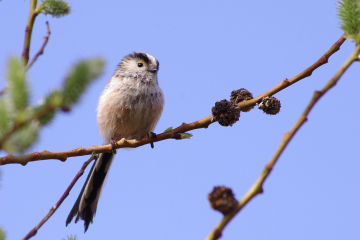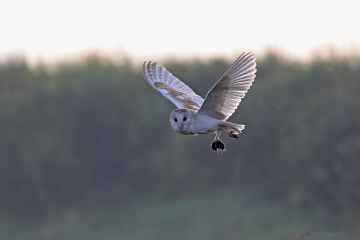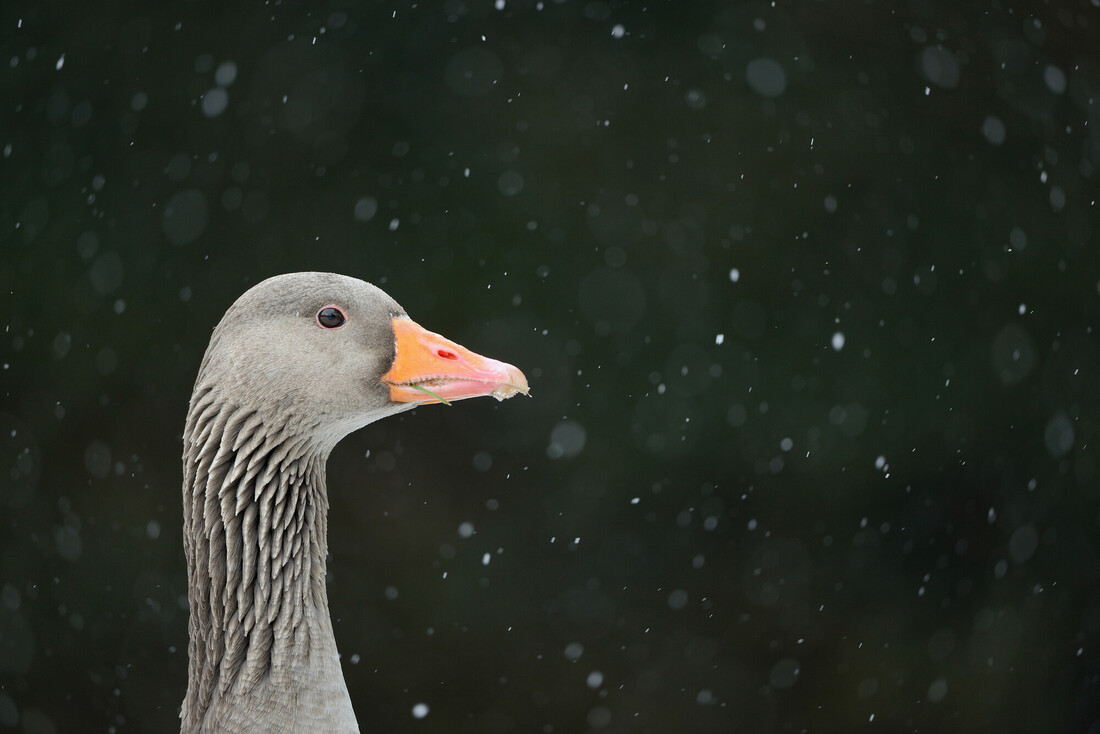A wild guide to Summer at Martin Mere

Summer is an amazing time of year to discover wetland wildlife. This guide is here to help you make the most of your day and have an amazing wetland adventure.
As you head out of the door and walk up towards the discovery hide, you have the option to turn left or right to walk along the nature trail. Turning right takes you to a woodland area towards the Ron Barker hide, whilst turning left allows for views across the mere, Janet Kear hide and the reedbed walk.
Below is a summary of what wildlife you are likely to see whilst you explore this summer.
Reedbed walk and Gordon Taylor hide
 The reedbed walk is a feast for your senses through sight and sound. Spend the time simply stopping and listening and enjoy being immersed in nature. The walk is accessed from the lower level of the Harrier hide and the exit is next to the United Utilities hide. It is one mile in length and can be muddy underfoot so good walking boots are advised. There are a number of benches out on the walk for a rest and the opportunity to spend some peaceful time in your surroundings.
The reedbed walk is a feast for your senses through sight and sound. Spend the time simply stopping and listening and enjoy being immersed in nature. The walk is accessed from the lower level of the Harrier hide and the exit is next to the United Utilities hide. It is one mile in length and can be muddy underfoot so good walking boots are advised. There are a number of benches out on the walk for a rest and the opportunity to spend some peaceful time in your surroundings.
The reedbed walk is always a hive of activity for birds but what makes it so special in the summer in the large number of insects and wild flowers that can be seen.
June onwards brings hundreds of butterflies, dragonflies and damselflies to Martin Mere. The reedbed walk along with wild walk, the area by Ron Barker hide, canoe safari and the eco-garden are the best places to see the variety of insects at the centre. This summer we have already spotted the Wall butterfly that is a declining species, peacock butterfly, orange tips, green-veined whites, brimstones, red admiral, large and small white butterflies.
Dragonflies begin to appear across the reserve with the warmer weather with large numbers of Banded demoiselles flying. We have also had Azure, Common blue, Large red and Blue tailed damselflies across the site along with four-spotted chasers dragonflies.
If you love orchids then the reedbed walk is the place to visit from May onwards. See Bee Orchids and many other species as you walk along the reedbed walk and the main nature trail. A treat for your senses with scented wild flowers as you walk.
Secretive species within the reedbed means that you will often hear them before seeing them. Sit down and listen out for the loud booming bittern trying to attract a mate, bearded tits, great crested grebes, reed warbler and sedge warbler and the signature call of the cetti’s warbler. Don’t just focus on the reeds, look up to see marsh harriers, peregrines, kestrels flying above. You may also see gadwall, mallard, tufted duck, pochard, little grebe, reed bunting and blackcap as you walk around.
The Gordon Taylor hide is located on the reedbed walk and the hide gets you up close to the wildlife including nesting avocets, lapwing, little ringed plovers and waterfowl ducklings, but it isn't just the birds, keep a sharp look out for Roe deer and stoats.
Janet Kear hide
 A lovely hide to sit and watch perching birds as they collect bird food from the feeders. Regular sightings at this time of the year include chaffinch, greenfinch, reed bunting, tree sparrows, blue tits, long tailed tits, great tits and greater spotted woodpeckers.
A lovely hide to sit and watch perching birds as they collect bird food from the feeders. Regular sightings at this time of the year include chaffinch, greenfinch, reed bunting, tree sparrows, blue tits, long tailed tits, great tits and greater spotted woodpeckers.
The nature trail
 There are two viewing platforms, plus the Discovery hide, Raines Observatory and Hale hide that overlook the expansive Mere and surrounding marsh and grassland. The woodland walk leading up to the Ron Barker hide offers the chance to sit on the benches and quietly listen to bird calls or view perching and song birds using the feeding stations such as goldfinches, long-tailed tits, redwing, fieldfare, mistle thrushes and robins.
There are two viewing platforms, plus the Discovery hide, Raines Observatory and Hale hide that overlook the expansive Mere and surrounding marsh and grassland. The woodland walk leading up to the Ron Barker hide offers the chance to sit on the benches and quietly listen to bird calls or view perching and song birds using the feeding stations such as goldfinches, long-tailed tits, redwing, fieldfare, mistle thrushes and robins.
There are toilets located opposite the Raines Observatory that include an accessible toilet.
You may have to look twice from some of the hides as our herd of long horn cattle graze closer to the hides in summer with their new calves. Our wetland lawn mowers help to keep the wetlands in tip top condition for our wetland migratory birds and as such you will see an abundance of avocets, lapwings, gulls, terns, oystercatchers, redshank, snipe and reed bunting to name just a few – but do keep a look out for resident kingfishers and hunting barn owls as they fledge from the nest boxes.
Click here to go to the latest sightings for Martin Mere
Book online today
To help keep everyone safe we’re carefully managing the number people who visit on any one day and are asking everyone to book in advance, so we can give you the best possible experience.
Book your visit


